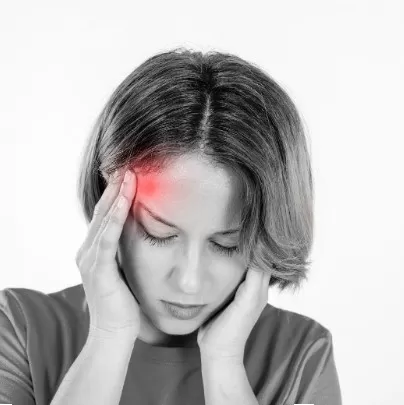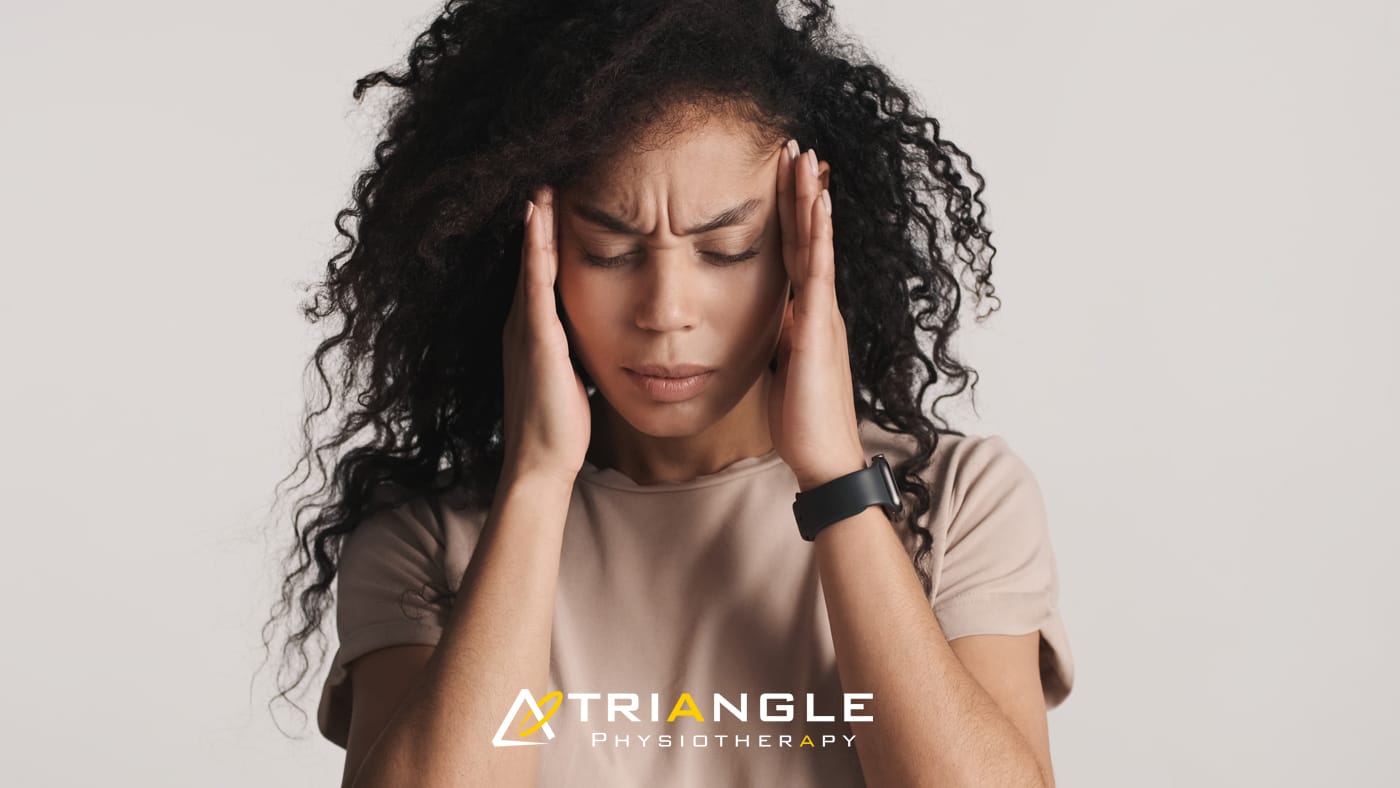Cervicogenic headaches are headaches that occur secondary to a problem that exists in your neck. Cervicogenic headaches are caused by structural problems in the neck, that usually involve the vertebrae near the top of your spine, specifically the second and third vertebra (C2-3). The most common sign of a cervicogenic headache is pain that results from a sudden movement of the neck.
Symptoms:
- A headache that is accompanied by pain and stiffness in the neck
- Steady pain that doesn’t throb in nature
- Reduced neck range of motion due to neck stiffness
- Pain on one side of the head or face
- Head pain triggered by specific movements or positions of the neck, or when you cough, sneeze or take a deep breath
- Pain in the neck, shoulder or arm on one side
- Pain around the eyes – pain that stays in one spot at the back, front or side of your head or eye
- Blurred vision, nausea or sensitivity to noise and light (which can mimic a migraine)
Also read, Physiotherapy Oakville
Causes:
- Occupation related – jobs that put persistent strain on the neck. For example: desk workers, drivers, manual labourers, carpenters and hairstylists.
- Neck injury – for example: car accidents involving whiplash, falls, sport injuries
- Medical conditions such as: tumours, infections, fractures and arthritis in the neck
Also read, Physiotherapy Mississuaga
Treatment:
- Medication: non-steroidal anti-inflammatories (e.g. ibuprofen or aspirin), muscle relaxers, anti-seizure medications or antidepressants
- Physical therapy – chiropractic or physiotherapy treatment. This may include soft tissue work to release tight muscles and manipulation or mobilization of the joints in the neck to relieve painful symptoms. TENS (transcutaneous electrical nerve stimulation) can also be used to temporarily relieve symptoms.
- Radiofrequency ablation or nerve blocks done by a doctor.
- Neuromodulation surgical procedure if other forms of treatment have not worked.
- Exercises such as deep breathing techniques, relaxations regimes and yoga.



